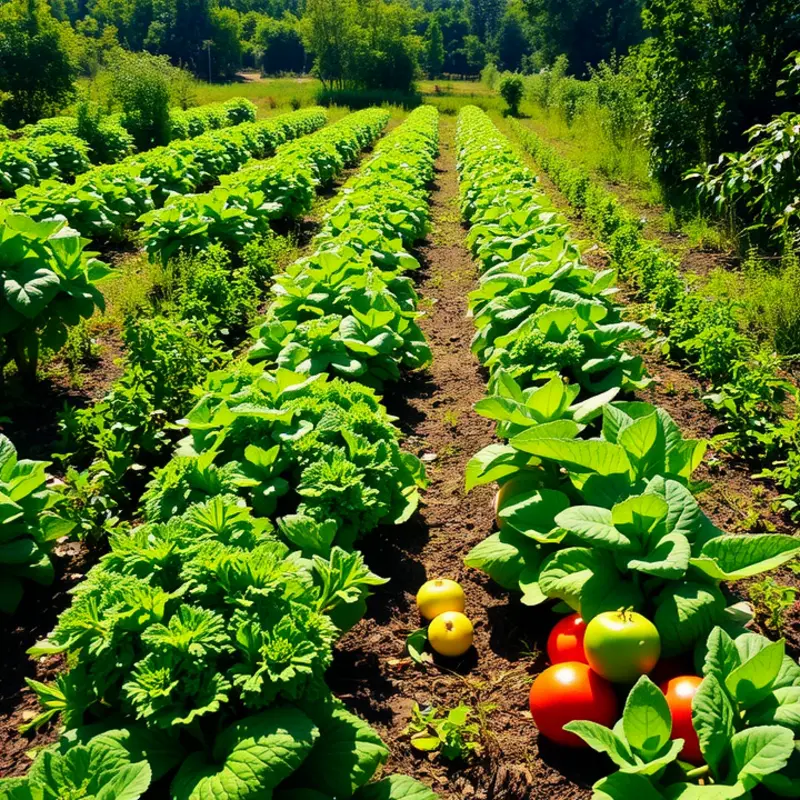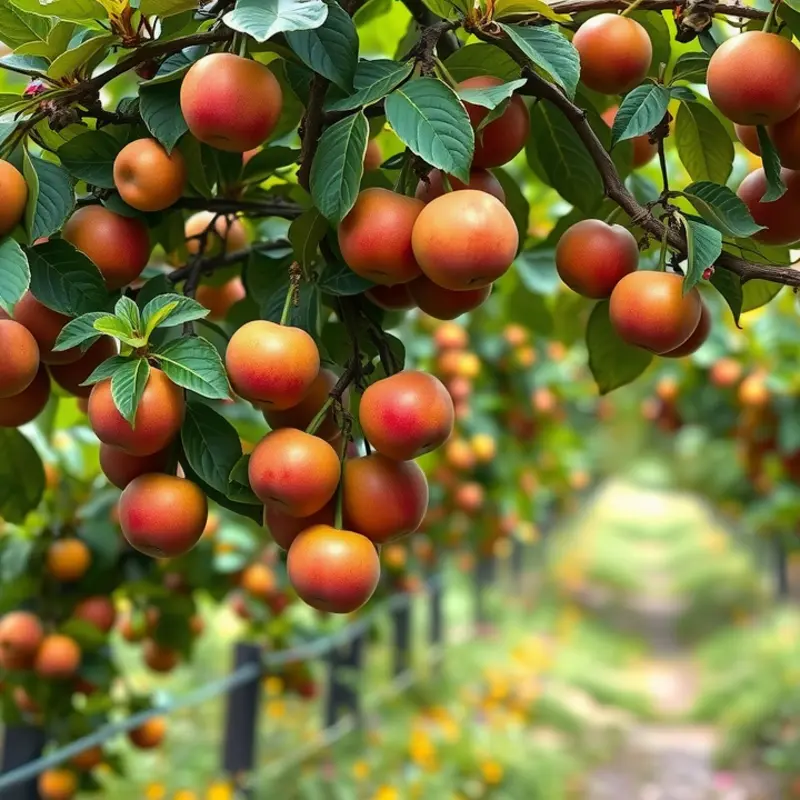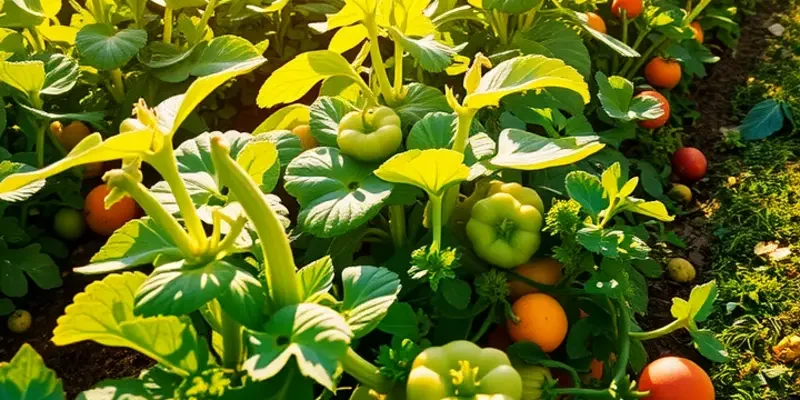Cooking with heat doesn’t have to rely on cayenne pepper alone. Whether you’re avoiding it for dietary reasons or simply want to try something different, this guide offers practical substitutions and alternatives that can elevate your dishes. From versatile spices to fresh ingredients, explore how to maintain flavor and excitement in your cooking without relying on cayenne. Discover new combinations and techniques that will inspire your culinary creativity.
Discovering Flavorful Alternatives

Many home cooks and culinary enthusiasts may find themselves looking for ways to add heat without relying on cayenne pepper. Fortunately, several spices can bring robust flavor and varying levels of warmth to your cooking endeavors.
Paprika is a fantastic starting point. While often associated with color rather than heat, there are several types of paprika to consider, each with its unique flavor profile and heat level. Sweet paprika offers a mild, slightly sweet flavor perfect for enhancing roasted vegetables or stews. Smoked paprika adds a deep, smoky flavor that can elevate grilled dishes or hearty soups. For those who crave a bit more warmth, hot paprika provides a spicy kick similar to cayenne without being overpowering.
Another versatile spice to consider is chili powder. This blend, commonly used in Southwest and Tex-Mex dishes, combines ground chili peppers with spices like cumin, oregano, and garlic powder. Its moderate heat makes it a great addition to chili con carne or taco fillings. Adjust the amount according to your heat tolerance, as different brands can vary in spiciness.
For a more potent heat, crushed red pepper flakes are an excellent choice. These flakes pack a punch and can be sprinkled over dishes to add an instant hit of fiery flavor. Start with a small amount and gradually increase until you reach your desired heat level. They’re particularly tasty on pizzas, pasta, or roasted vegetables.
Exploring unique combinations can also lead to delightful culinary discoveries. Pairing smoked paprika with crushed red pepper flakes can add a smoky depth and a sharp bite to your barbecue rubs. Mixing hot paprika with a dash of cinnamon and allspice can create a warm, aromatic blend perfect for middle-eastern inspired meats.
To further boost your meals without adding salt, consider exploring our guide on flavor boosters without salt. Incorporating such blends can bring complexity and health-conscious flavor to your dishes.
The key to experimenting with these substitutions safely is to start small. Adding too much can shift your dish from being pleasantly heated to overwhelmingly spicy. By experimenting with these flavorful alternatives, you broaden your culinary arsenal, allowing for creative and delicious meals that cater to both your taste buds and dietary needs.
Fresh Ingredients for Heat and Flavor

When seeking to elevate the heat and flavor profile of your dishes without cayenne, fresh ingredients like ginger, garlic, and scallions can be transformative. These ingredients add depth and complexity, enriching dishes with their aromatic and spicy qualities. As you adjust your cooking techniques, the possibilities of these ingredients will unfold lush and varied culinary experiences.
Ginger, with its warm, slightly peppery undertone, can substitute for traditional spice. It’s versatile: grate it into marinades for meat, toss it with roasted vegetables, or steep it in a broth for a subtle heat infusion. Ginger pairs excellently with soy sauce, vinegar, and a touch of honey, creating a dynamic marinade that deepens the flavor of proteins like chicken or tofu. The enzymes in fresh ginger can tenderize meat, making it an ideal component in marinades.
Besides, ginger boasts anti-inflammatory properties, enhancing the nutritional value of your meals. For someone seeking to maintain a health-conscious diet, ginger-infused dishes might offer both a culinary escape and a health benefit.
Garlic is another powerhouse ingredient that can heighten flavors with its pungent, earthy heat. Sautéing garlic releases a milder, sweeter aroma that forms a flavorful base for countless recipes. Consider infusing olive oil with sliced garlic, then drizzling it over a fresh salad or using it to dress a platter of roasted vegetables. When raw, garlic adds a sharp bite, ideal for dressings or chimichurri, amplifying each dish’s vibrancy while providing antioxidants beneficial for the immune system.
Scallions, or green onions, bring a gentle heat and vibrant color. They can be finely chopped and used raw in salads or cooked briefly to maintain their crispness in stir-fries. Incorporating them into sauces introduces a fresh, onion-like taste that complements other components. In Asian-inspired dishes, scallions balance the richness of soy or oyster sauce, imparting a unique zest.
When using these ingredients, consider how their flavors mesh with other elements of your dish. For an idea on pairing better without traditional spices, you can explore flavor boosters without salt, which can also guide you in building a thoughtful, well-rounded meal.
Incorporating these fresh ingredients doesn’t only mean substituting heat. It’s about embracing them as fundamental taste-building blocks, aligning with dietary aspirations while relishing the sensory adventures they offer. As you engage with these elements, you’ll discover more than just an alternative to cayenne—you’ll forge a path to crafting wholesome meals that resonate on multiple levels.
Final words
Cooking without cayenne pepper opens up a world of flavor possibilities. By exploring other spices like paprika and fresh ingredients like garlic and ginger, you can create a wide variety of delicious dishes that cater to your taste and health preferences. Remember, the key is to experiment and have fun with your ingredients. Embrace the journey of discovering bold flavors and satisfying meals without relying on cayenne. Every dish can be a unique culinary creation that reflects your personal taste and dietary needs.







